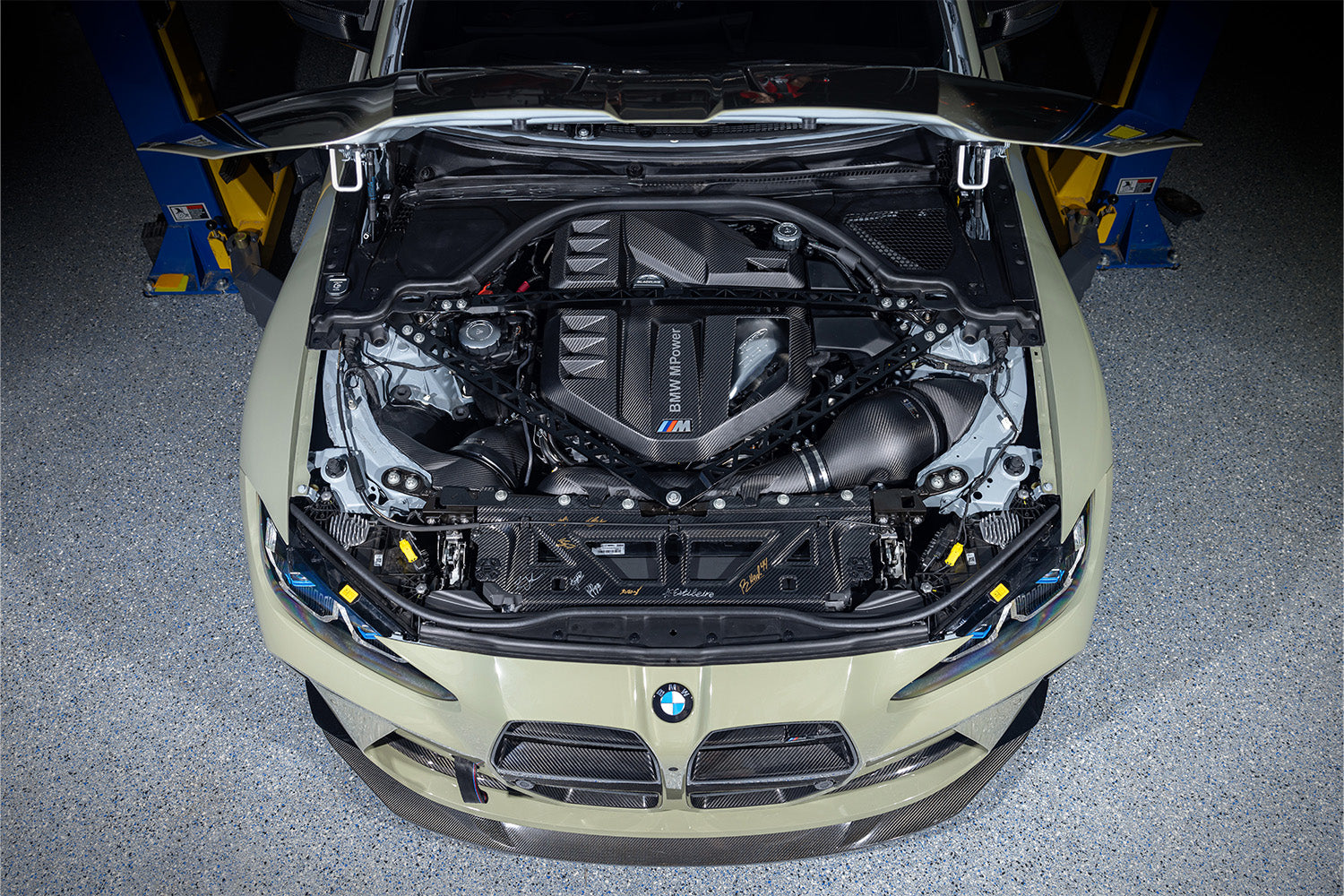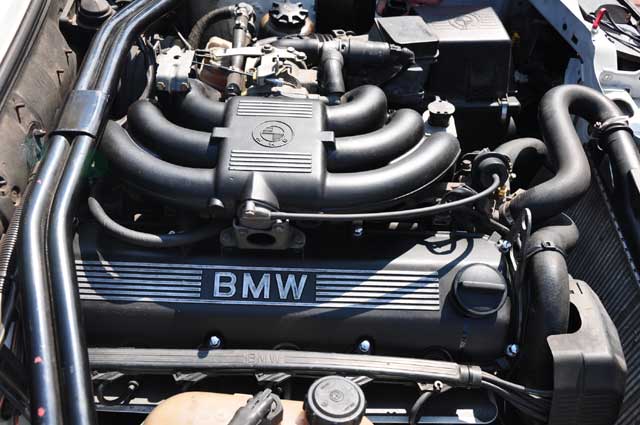A Beginner's Overview to Choosing the Right BMW Engine for Your Demands
A Beginner's Overview to Choosing the Right BMW Engine for Your Demands
Blog Article
Exploring the Development of Combustion Engines in Modern Transport Systems
As we browse the landscape of modern transport, the development of combustion engines stands as a testament to human resourcefulness and engineering expertise. The interaction of history, innovation, and environmental concerns in shaping the trajectory of combustion engines creates a story that is both compelling and informative.
Very Early Beginnings of Combustion Engines
Just how did the concept of combustion engines first emerge in the early stages of transport growth? The roots of burning engines can be traced back to the 17th century when the concepts of interior burning were initial checked out.
The advancement minute featured the creation of the very first effective gasoline-powered engine by Karl Benz in 1885 - bmw engine. This engine led the way for the growth of the contemporary vehicle, reinventing transport systems worldwide. Subsequent developments by Nikolaus Otto and Gottlieb Daimler further fine-tuned burning engine technology, bring about the automation of vehicles and the quick growth of the transport market
These very early combustion engines were identified by their simplicity and effectiveness, laying the foundation for the complicated and effective engines made use of in contemporary transport systems. The development of burning engines has been instrumental in shaping the means we take a trip and transport items, marking a considerable turning point in the background of transportation development.
Shift to Internal Burning Technology
The shift to internal burning innovation marked a critical change in the advancement of transportation systems. This shift began in the late 19th century, with creators like Nikolaus Otto and Gottlieb Daimler creating the initial successful inner combustion engines. These engines revolutionized transport by providing a more effective and effective choice to heavy steam engines and electric motors.
One of the vital advantages of inner combustion engines was their capacity to be scaled down to match cars, leading to the growth of bikes and automobiles. This change from bulky, fixed engines to compact, mobile ones led the way for the contemporary transport systems we see today.
The change to interior combustion innovation also stimulated improvements in fuel modern technology, resulting in the advancement of gasoline and diesel as key fuel resources for lorries. This shift not only made transport a lot more easily accessible to the masses however additionally laid the structure for the oil and gas sector to come to be integral to global economies.
Impact of Combustion Engines on Transportation
The adoption of burning engines in transportation systems catalyzed a profound change in the efficiency and rate of international flexibility. Combustion engines transformed transport by offering a trusted and functional source of power for various vehicles, consisting of cars and trucks, aircrafts, ships, and trucks. This advancement substantially enhanced the capacity for individuals and items to conform cross countries in much shorter time frameworks, resulting in increased connection between regions and nations.
Additionally, the extensive use of burning engines has had a considerable influence on economic growth. The capacity to transport items successfully has spurred trade and commerce, enabling businesses to expand their markets and get to consumers worldwide. This has promoted financial growth and globalization, as products can currently be transferred quicker and in larger quantities than ever previously.
Nonetheless, the ecological impact of combustion engines can not be ignored. The combustion of nonrenewable fuel sources has brought about air contamination and greenhouse gas exhausts, adding to environment adjustment and posturing health and wellness threats to populaces. bmw engine. Therefore, there is an expanding focus on establishing alternative propulsion technologies to reduce these adverse results and create a more sustainable future for transport
Developments in Combustion Engine Layout
One noteworthy advancement is the advancement of turbocharged engines, which utilize exhaust gases to drive a wind turbine that compresses incoming air, allowing for even more gas to be scorched, resulting in boosted power outcome without a considerable increase in engine dimension. Variable shutoff timing systems have actually also revolutionized engine style by maximizing air flow at different engine rates, boosting both power and efficiency. These developments jointly add to the constant enhancement of combustion engines in modern-day transport systems.
Future Patterns in Combustion Engine Growth
With technology advancements driving continuous innovation, the future of combustion engine advancement is positioned to transform transport systems globally. One of the crucial fads in combustion engine growth is the push in the direction of better efficiency and minimized exhausts.
Another famous fad is the adoption of hybrid innovations in burning engines. Crossbreed engines combine typical combustion innovation with electrical power, supplying improved fuel effectiveness and reduced exhausts. As the auto industry shifts towards electrification, crossbreed burning browse around this web-site engines are viewed as a transitional remedy that connects the gap between traditional automobiles and totally electrical ones.
In addition, the assimilation of wise modern technologies, such as synthetic knowledge and data analytics, is anticipated to play a significant duty in the future of burning engine advancement. These innovations can maximize engine efficiency in real-time, bring about extra reliable burning procedures and improved total lorry efficiency. Accepting these future go patterns will not only drive development in combustion engine development yet additionally add to an extra eco pleasant and sustainable transportation community.

Final Thought
In conclusion, the evolution of burning engines in contemporary transport systems has actually been marked by significant innovations in innovation and design. From the very early starts of combustion engines to the change to interior combustion modern technology, these engines have had an extensive effect on transportation.
The origins of combustion engines can be mapped back to the 17th century when the principles of internal burning were first discovered. These engines changed transportation by supplying a much more powerful and reliable alternative to heavy steam engines and electrical motors.

Report this page